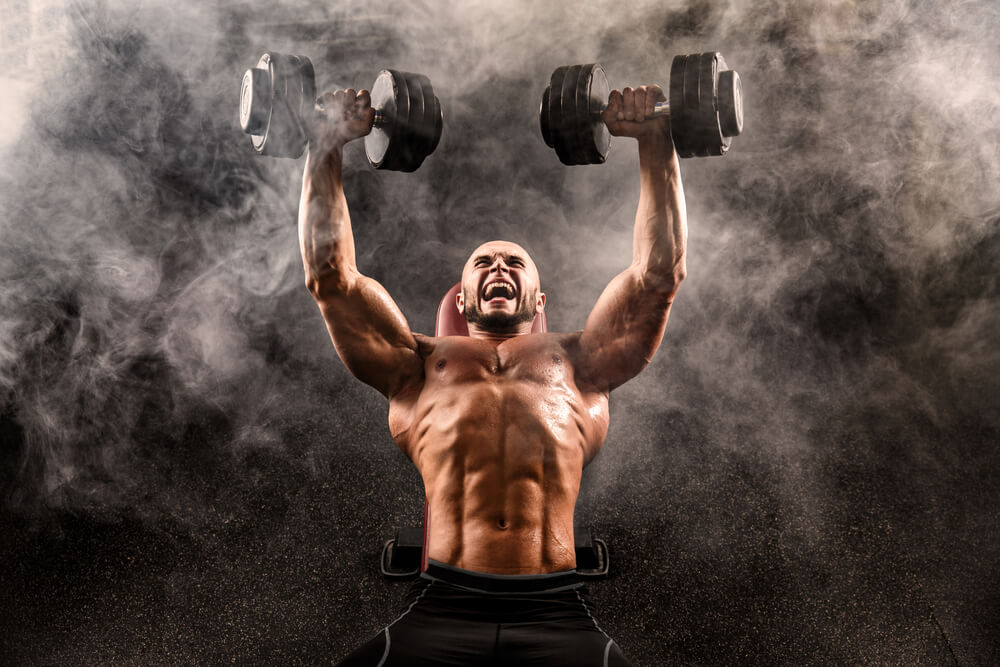
Have you been doing the same tried and true exercises? Do you feel it’s time for a change? If so, you came to the right place. These are the best exercise switches for greater gains.
Yeah, there are some exercises and methods that all the big dudes use; they involve all the old-school bodybuilding techniques. While these have stood the test of time, there are some things that you can change for greater gains and that are less of a pain to do (literally). Plus, these will offer more benefits than just putting on more muscle.
Ever feel a pinch in your shoulder while doing behind-the-neck presses or pulldowns?
There’s a reason. The position those exercises put your shoulders in has often been linked to shoulder impingement, a condition in and of itself that can cause another more sinister injury. That injury is a shoulder labral tear and those suck both to repair plus the year of recovery (no weight lifting) you have to go through after.
Times have changed, and so do exercises. The following is a list of things you’re currently doing and how you can change it to make it better for you.
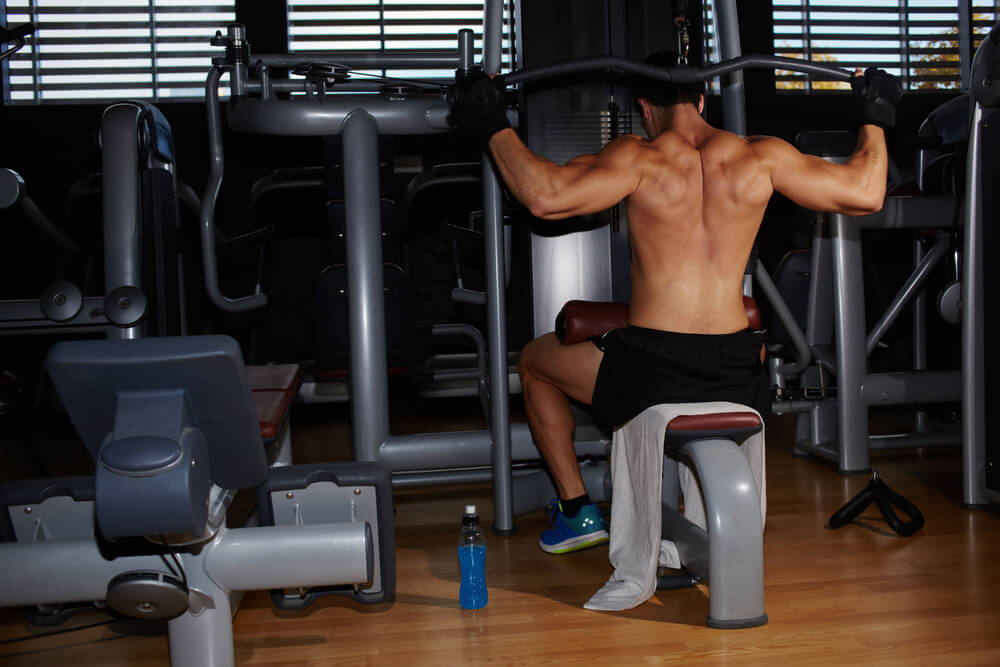
You’re Doing: Behind-The-Neck Pulldowns
This is likely the most notorious shoulder killer in the eyes of many doctors and physical therapists. That 90/90, or high-five position, puts a huge amount of stress on your shoulder joints.
Not only that, it has been studied and it’s been determined that impingement is the most likely result. As detailed, impingement sucks. The logic for doing this exercise is that the angle it works the lats at is the best for ensuring adequate and symmetrical development. But, there’s a change you can make to both save your shoulders and hit your lats equally hard.
The Swap: Conventional Lat Pulldowns
Instead of pulling the bar behind your neck, pull it straight down to your collarbone. This works the lats at almost the same angle and will save you from any potential shoulder agony that awaits. It puts far less stress on the ball-and-socket joint in the shoulder and some argue that it in fact, helps solve some shoulder issues.
Plus, you’ll likely be able to move more weight this way. Of course, that leads to more gains in size and strength.
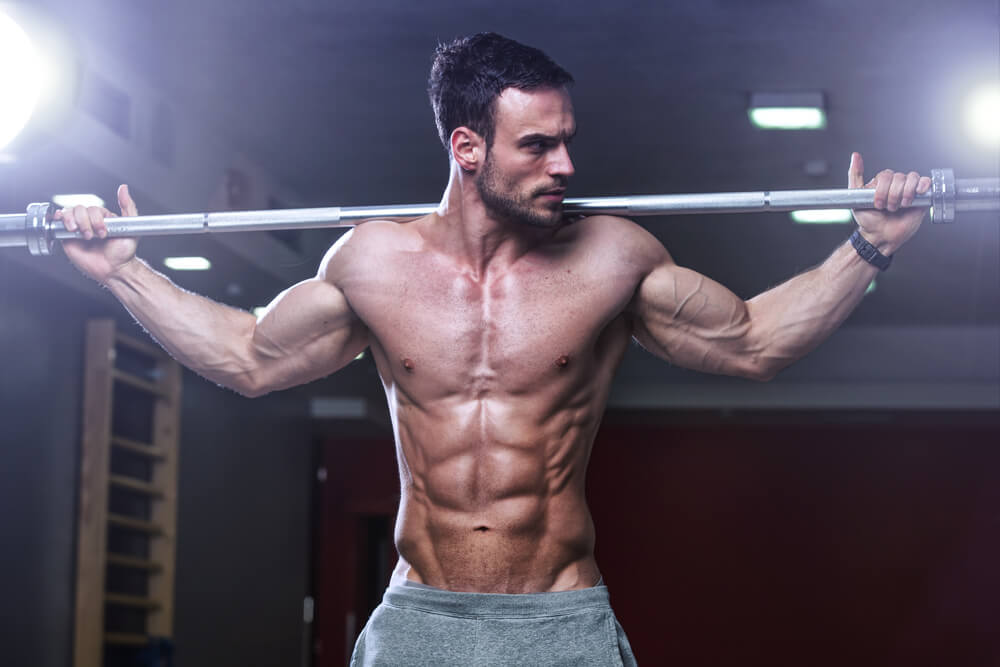
You’re Doing: Seated Behind-The-Neck Military Presses
The logic for doing this is similar to the behind-the-neck pulldowns: The angle it works the deltoids at ensures adequate and symmetrical development. But, this simply is not true. Plus, it’s a move that you never use in day-to-day activities.
That same position near the bottom of the move, the 90/90, as mentioned is linked to impingement. This is even more sinister than the pulldown, though, as the weight is loaded above your head. The force pushing down on your shoulders in and of itself can tear ligaments. Lucky for you, there’s an exercise that accomplishes the same goal.
The Swap: Standing Barbell Overhead Presses
The two big changes are switching the bottom of the exercise to that same collarbone area as in the pulldown and standing up. It hits the shoulders just as hard as the behind-the-neck press, and you can load up more weight.
Standing up gets the core involved as well, eliminating the need for those extra crunches at the end of your workout. Also, some studies suggest that standing also leads to more of a testosterone spike. That definitely means more size.
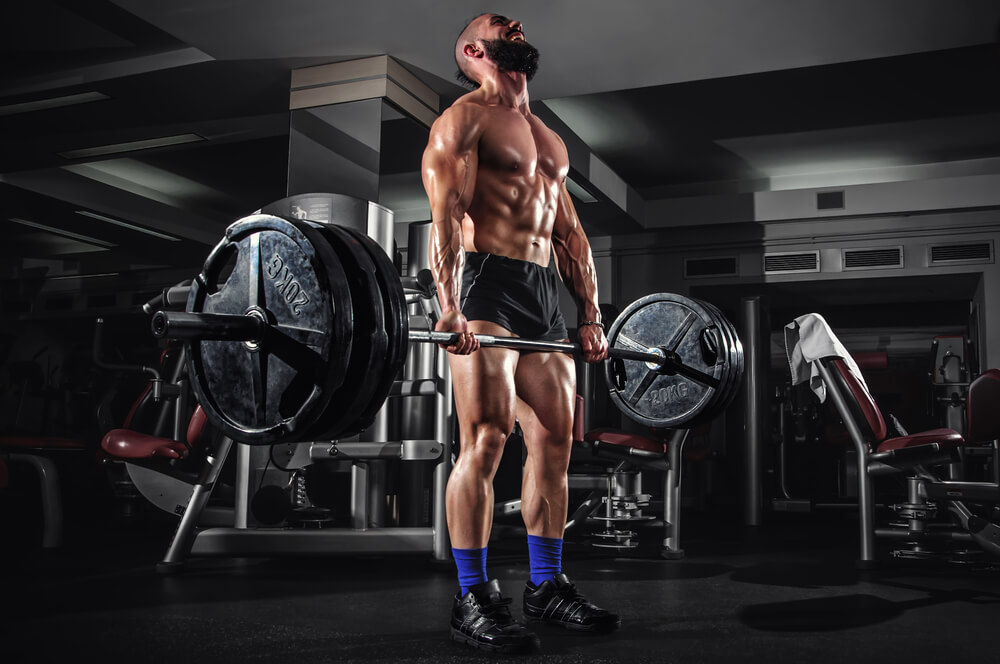
You’re Doing: Stiff-Legged Deadlifts
In recent years, medical and exercise experts have found out one thing about keeping knees locked: It leads to less blood getting back to your heart.
This decrease in blood flow also means less oxygen and nutrients getting to the muscle in your legs, and oxygen is needed for recovery (meaning you can do a few more reps), and nutrients are needed to build muscle and strength.
The Swap: Romanian Deadlifts
This move is the exact same as the stiff-legged deadlift but allows the knees to be soft.
That means blood can get back to the heart and lungs, pick up oxygen and nutrients on its way back down to the legs, and you can crank out a few more reps and start the muscle-building process along the way. Not only that, but this variation is a little easier on your back.
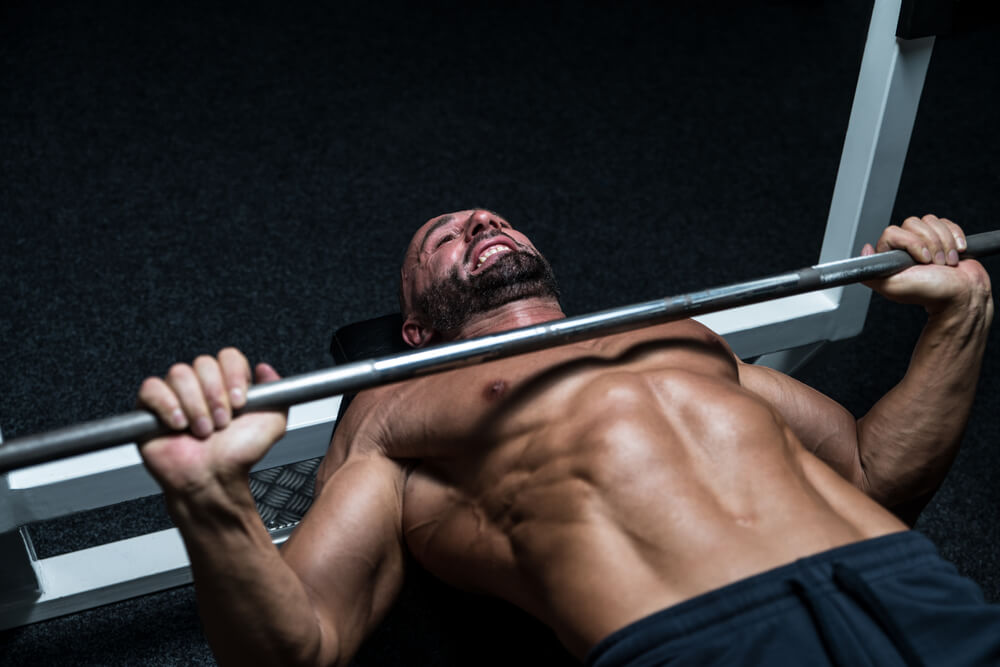
You’re Doing: Decline Bench Presses
Many lifters know the benefits of hitting the chest from different angles – doing so helps develop areas that may need a bit more focus. Doing a decline press targets the lower fibers of the pecs, but at a cost. It’s an awkward move that even the most proficient benchers have trouble with. Also, it is not at all athletic.
Add to that the fact that the head is lower than the legs in relation to the ground and you have a recipe for a sharp spike in blood pressure. This is an absolute no-no for anyone that has something like a detached retina, an aneurysm, etc. Anything that causes a blood pressure spike can lead to exacerbating head-related conditions that affect blood flow. Recent advances in exercise experience have led to a better alternative.
The Swap: Low Cable Crossovers
This move actually causes more metabolic stress and intramuscular damage (the two things that make muscles grow) in the lower pec fibers because of all the tension this move creates across your chest. Also, the standing position eliminates the inevitable blood pressure spike that the decline press causes.
You may not be able to lift as heavy, but that’s only one of many ways to build muscle. The tension in this move will definitely force change.

You’re Doing: Narrow-Grip (V-grip) Seated Rows
This is a staple for any old-school bodybuilder or powerlifter. Unfortunately, the benefits this exercise offers are limited.
Why?
It restricts movement of the shoulder blades and does not allow your elbows to come far enough back to hit the lats as hard as you can.
In essence, once you reach a certain amount on the weight stack, this move becomes more of a forearm builder than anything else, which calls for a change.
The Swap: Wide-Grip Seated Rows
The wide grip seated row allows you to lift just as much weight as the narrow grip, while also allowing the shoulders to come farther back, ensuring adequate work for the lats and upper back musculature.
Another benefit is that with this alternative you get a little bit of forearm and grip strength work, plus a decent amount of biceps work.
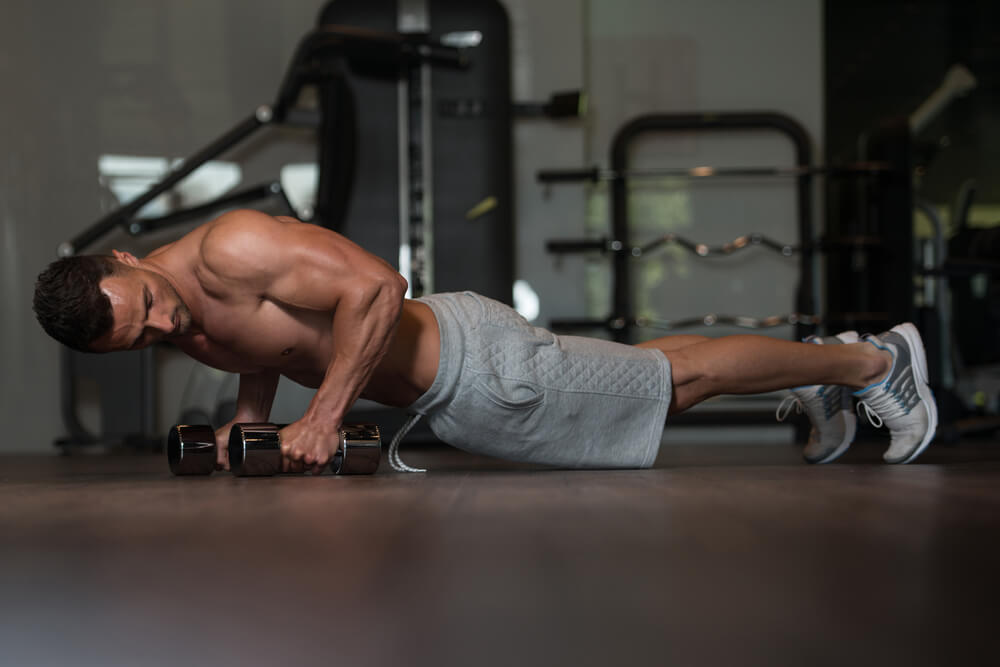
You’re Doing: Push-Ups
I can hear it now: Why would I want to swap out my push-ups?
I love them and can do so many!
That’s the exact reason to change something. Get out of your comfort zone and start making things more difficult.
Once you hit a point where you can bang out three sets of 20 or more push-ups, it’s time to boost the difficulty level. If you’ve been religiously following the info Gym Junkies has been providing you, then you’re likely ready for this modification.
The Swap: Super Band Push-Ups
Ever seen those big bands lying around the gym that people sometimes use to stretch?
They’re big loops of thick rubber of varying resistance.
Grab one of them and loop it around each hand, then throw it across your back before doing a set of push-ups. This method is called accommodating resistance. Simply put, it means the more you push yourself up from the floor, the harder the exercise will be. Start small, because this is a big difference and you’ll likely be limited to about six or eight reps at the start.
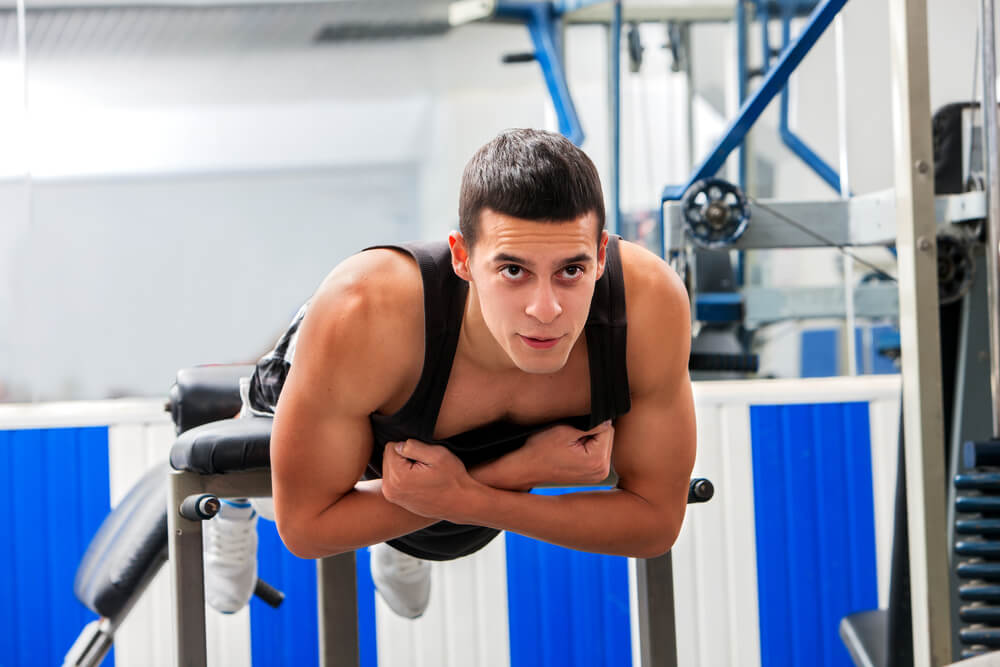
You’re Doing: 45-Degree Hyperextensions
While this is a great exercise, the reason to swap it is much like the reason to add the band to those push-ups. You can only hold so much weight in your hands to make this exercise harder.
So what exercise can you do a lot of weight with?
A few come to mind, but my favorite is the squat. Putting a bar in that position forces your spine and pelvis to support the weight instead of your fingers and hands – the bones in the spine and pelvis were actually designed to support weight. Here’s the exercise alternate.
The Swap: Good Mornings
These are a great way to hit your lower back (like the hyperextensions) while also using a good amount of weight. It also hits your glutes, hamstrings, core and the small muscles in your feet and lower legs. Another benefit of the switch is that any variation will force change in different ways than sticking to your guns.
*Be careful with this exercise! Definitely, start light. It is not for newbies or those with prior back injuries.
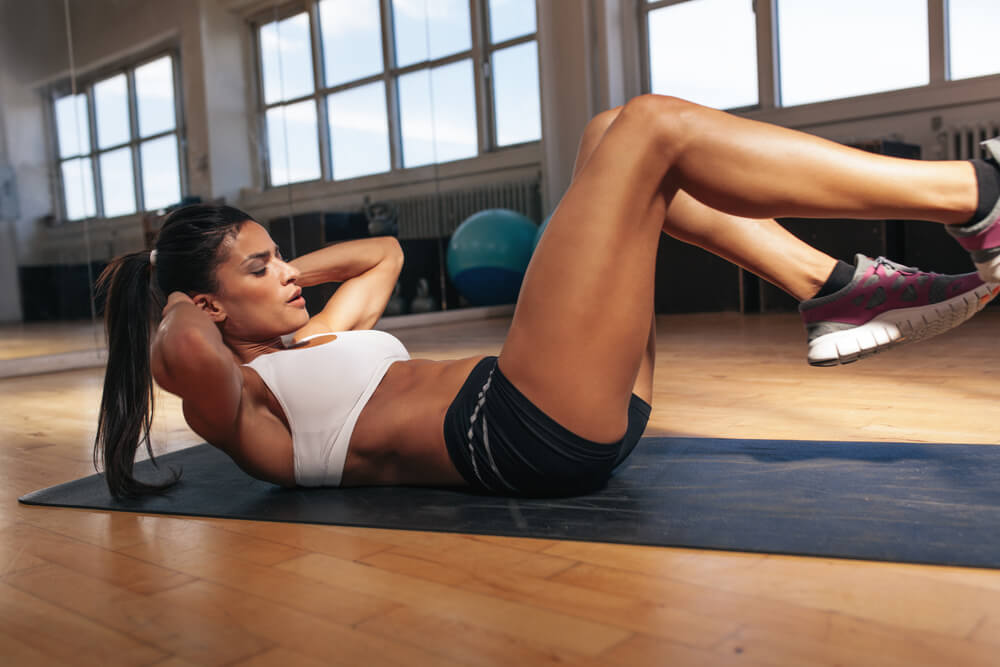
You’re Doing: Crunches
When working on carving out that six-pack, crunches are a staple in anyone’s workout routine. But, just like with anything else, you’re bound to hit a plateau at some point.
Just like in push-ups, if you can knock out three or four sets of 20 with ease, it’s time to up the difficulty. It’s also worth mentioning that crunches do put a certain amount of strain on the back. That’s why the less time on the floor, the better. Modifications can be made to increase difficulty while decreasing time on the floor.
The Swap: Crossback Crunches
Ever heard of this one before?
I’d be surprised if you had. Set up like you would for crunches, knees bent lying on your back. Now reach up and behind your head and touch your opposite shoulder blades (left-hand touches right shoulder blade, right hand touches left). Do crunches from that position.
In addition to making it very hard to get your shoulder blades off the floor (the rule for doing a good crunch), this variation uses more muscular tension (it burns more, builds muscle better and faster) and offers a little bit of a mobility and flexibility benefit for your shoulders. This is essential for doing stuff like the bench press, overhead press, lat pulldowns, etc.
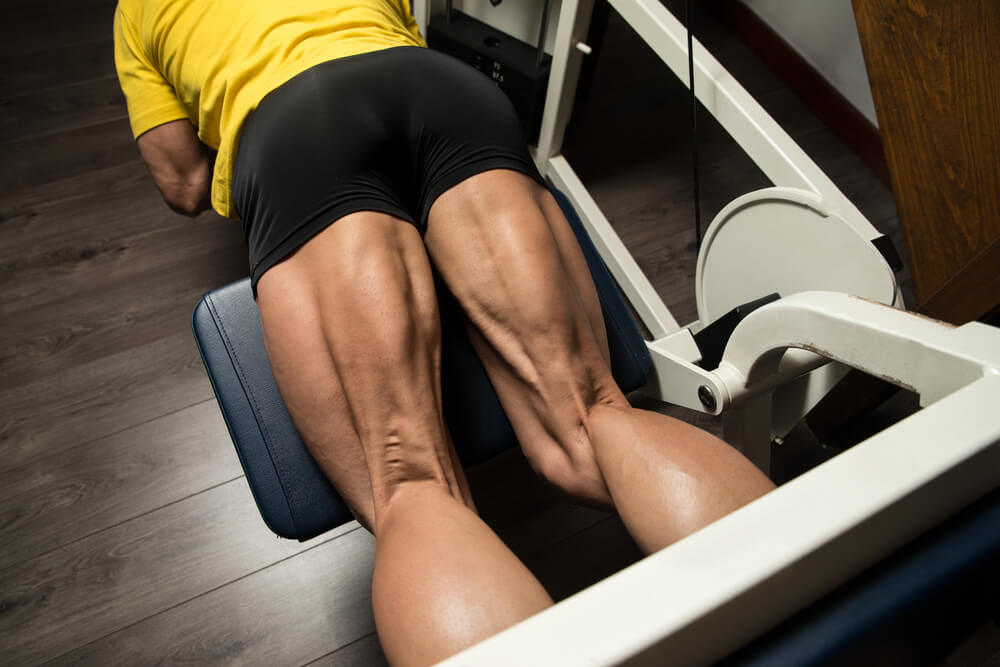
You’re Doing: Prone Hamstring Curls
The prone hamstring curl is like the knee extension but in reverse. Everyone knows the danger of loading up the weight on the knee extension: It can cause ACL tears. These tears take most people eight months to a year after surgery to get back to working legs.
The prone hamstring curl is even more dangerous; it can cause PCL (posterior cruciate ligament) tears. These take up to two years to recover from after surgery. While this exercise is good as a high-rep burnout, there are much safer ways to work your hamstrings out.
The Swap: Physio Ball Hamstring Curls
In addition to being safer on the knees, this exercise is also a classic physical therapy exercise for people who have knee injuries. Safe for the knees and it might also help prevent injury for the knees!
Why aren’t more people using it?
Most people don’t know how to boost the difficulty once they can do these with ease.
The single-leg variation of this exercise is incredibly hard, even for the strongest, most stable and mobile people in any gym. It also feels like you’re about to tear the hamstring off the bone, but I’ve never heard of that happening with this exercise. Besides, the hamstring tendon has more than enough strength to hold the muscle in place and intact.
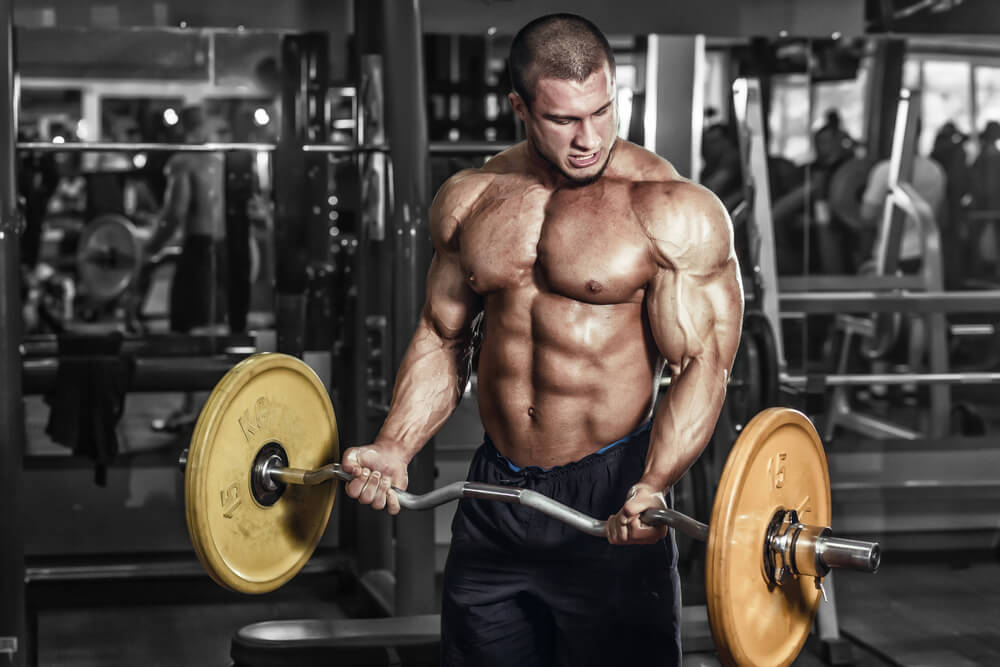
You’re Doing: Barbell Curls
My question to the guy who isn’t an IFBB pro who’s doing curls would be “why aren’t you doing chin-ups?” I mean hey, if curls make you feel good, go right ahead and do them at the end of your workout.
I’m all for throwing someone a bone as long as the important stuff (squats, deadlifts, bench presses, bent-over rows, pull-ups, etc) gets done first. There are other ways to hit your biceps harder than a straight barbell curl.
The Swap: Barbell Drag Curls
This is one old-school bodybuilding technique that might actually be more beneficial than not.
By drawing the elbows back during a drag curl, the fact that the barbell is dragging right up the front of your body ensures that your biceps are doing all the work, unlike in barbell curls where the anterior delts can and often do take over the movement.
Conclusion
These simple changes can make a big difference for you when working towards your goals. They also will keep you healthier longer, meaning your progress in the gym won’t be slowed by an injury. In fact, some of these changes might actually accelerate your progress.
Ready to put some of these exercises to good use?
Happy lifting!
By Michael Schletter, CSCS*D, NSCA-CPT*D
Latest posts by Terry M (see all)
- Garage Gyms - Aug 1, 2018
- Kettlebells – Why They Should Be Added To Your Routine. - Jul 24, 2018
- Weight Belts: What Are They Really For? - May 31, 2018










Great!